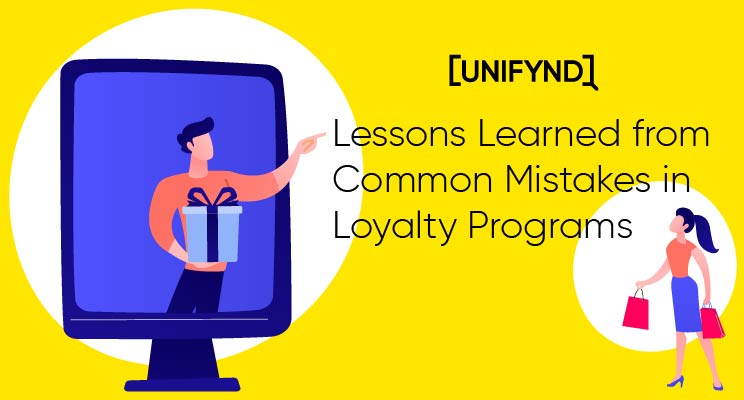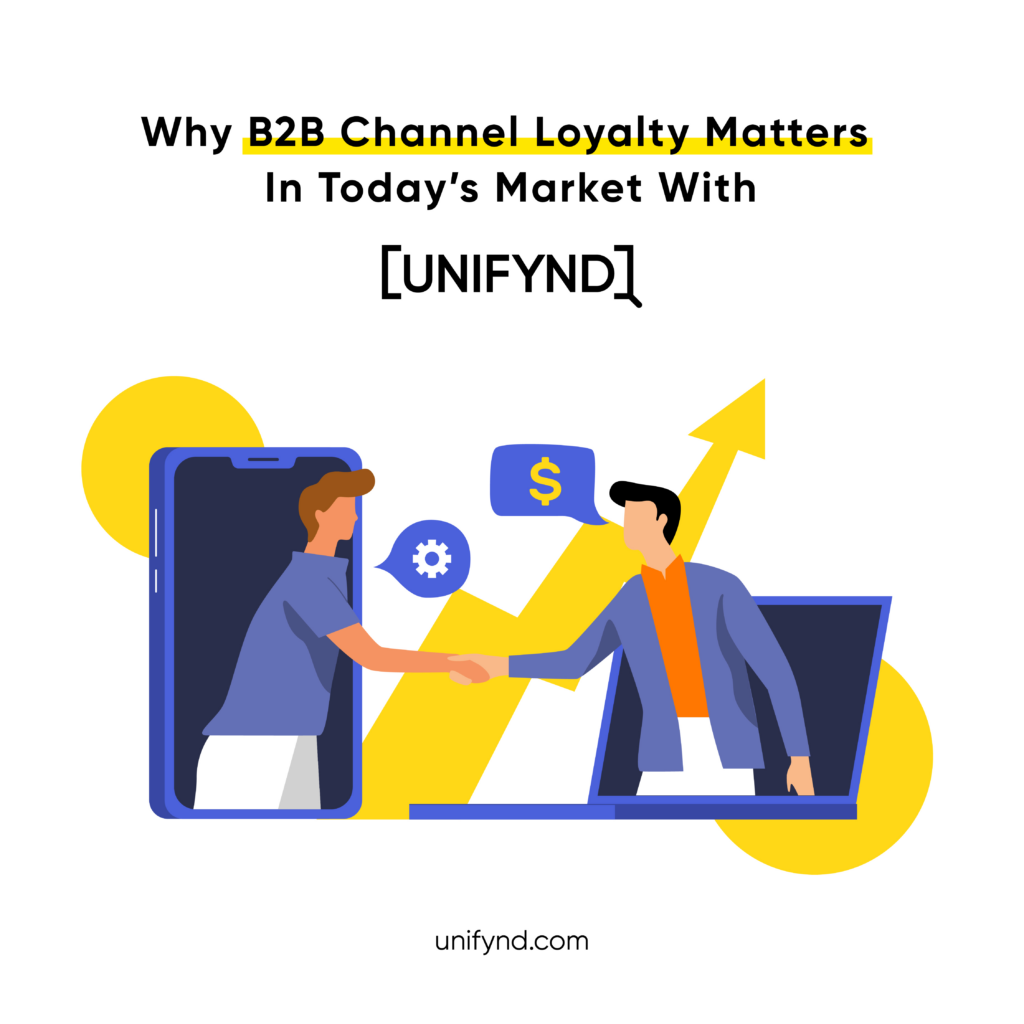Introduction
A marketing tactic known as a loyalty program motivates consumers to regularly buy goods or services from a specific business. Customers are rewarded for their benefits, such as points, savings, or special deals, by the program.
A loyalty program’s main goal is to foster a close bond between a business and its patrons. Businesses can promote brand loyalty, increase customer engagement, and eventually increase income by rewarding repeat customers. Customer loyalty can be increased through loyalty schemes, which also help businesses expand.
Let’s learn more about loyalty programs, their significance, and how they have changed over time.
Why are loyalty programs important for businesses?
There are a number of ways that loyalty programs can support the development and maintenance of a business or brand. Here are five factors that make loyalty programs so effective right now.
- Customer retention: By providing benefits, rewards, and reductions that encourage repeat business, loyalty programs assist companies in keeping their current consumers.
- Increased customer spending: Since customers are encouraged to make more purchases in order to receive incentives or move up the loyalty levels, loyalty programs can increase the amount of money that customers spend with a business.
- Brand loyalty: Businesses can increase brand loyalty by providing a loyalty program. Customers are more inclined to return and recommend a company when they feel valued and rewarded for their loyalty.
- Data gathering: Loyalty programs can assist companies in gathering crucial data on their customers, such as their purchasing patterns, tastes, and profiles. The company can use this knowledge to enhance its marketing initiatives and comprehend its customers better.
- An advantage over competitors: In markets where a large number of companies offer comparable goods or services, a loyalty program can give one company an edge by encouraging consumers to patronize it over another.
To boost consumer spending, it is essential for any business to keep its current customers. Companies can foster brand loyalty in this manner. As technology evolves, data collection provides a platform for individualized consumer requirements. Customers have the option to choose one company over the other thanks to loyalty programs.
The early days of loyalty programs
The first reward program was launched by Sperry & Hutchinson in the late 19th century. They provided green tokens to their clients, which they could gather and exchange for goods. Other stores followed suit and began providing programs similar to this one, including exchanging stamps and coupons.
Since then, it has developed, and we have seen a variety of other forms of such loyalty programs over time. Airlines started frequent – flyer programs in the 1980s, awarding patrons for their loyalty with free trips, room upgrades, and other benefits. Hotels, car rental agencies, and credit card businesses all soon embraced this idea, which is still widely used today.
These systems have become more sophisticated as technology has advanced. Businesses began incorporating personalization into their offerings, storing customer data and tailoring incentives to suit unique tastes. Several businesses now have the opportunity to integrate their other businesses and provide their consumers with a one-stop purchasing experience thanks to these concepts.
A new system of loyalty programs emerged as sectors grew and individuals began offering a wide range of goods and services. These are the tiered programs, where participants advance in rank and receive more exclusive advantages in exchange for continued participation. Instead of just giving out rewards, it focuses on establishing emotional ties with the client.
The rise of digital loyalty programs
Loyalty programs have been significantly impacted by the growth of the internet and smartphones. Here are a few examples of how this has happened:
- Accessibility: Thanks to the internet and devices, customers now have easier access to loyalty programs. Customers can quickly obtain information about their loyalty accounts, check the amount of their points, and receive incentives online or through a mobile app.
- Personalisation: Technology has made it possible to customize loyalty schemes, making them more effective. Customers’ buy histories and preferences are just two examples of the types of data that businesses can gather and evaluate to create personalised promotions and deals for each customer.
- Gamification: Through the adoption of gamification methods, loyalty programs have grown more interactive and interesting. For customers to accomplish this, businesses can set tasks and rewards, boosting consumer involvement and loyalty.
- Integration of social media: Customers can now share their experiences and benefits with their social networks thanks to social media, which has become a crucial component of loyalty programs. Social media can be used by businesses to advertise their loyalty programs and support customer involvement.
-
- Integration with mobile payments: As mobile payments have become more popular, loyalty programs have been able to connect with payment applications, making it simpler for customers to accumulate and use rewards at the point of sale.
The future of loyalty programs
A variety of techniques are being used to improve loyalty programs using artificial intelligence (AI) and machine learning (ML). Here are a few instances:
- Personalization: AI and ML systems can examine consumer information and behaviour to deliver tailored offers and suggestions. This data can be used by loyalty programs to provide consumers with specialised incentives and experiences based on their unique tastes.
- Predictive analytics: AI and ML can assist loyalty programs in identifying the customers who are most likely to churn, or cease participating in the program, and in taking preventative measures to keep them. Offering specific rewards or outreach to keep consumers from fleeing can be one way to do this.
- Chatbots and virtual assistants: AI-powered chatbots and virtual assistants can be used to provide customer support for loyalty programs. They can respond to commonly asked inquiries, make tailored suggestions, and aid clients in managing their accounts.
- Gamification: Through the use of AI and ML, reward programs can be made more interesting. Personalized tasks and rewards can be created using algorithms, and machine learning can be used to determine which rewards will appeal to each client the most.
In general, AI and ML can assist loyalty programs in giving their customers more customised and interesting experiences, which can increase consumer loyalty and retention.
The potential for blockchain technology to revolutionize loyalty programs
Loyalty programs could undergo multiple revolutions thanks to blockchain technology. The following are some significant ways that blockchain can change reward programs:
- Enhanced transparency: Customers may monitor their loyalty rewards in a safe and open manner with the help of blockchain technology. Customers can examine their loyalty points, rewards, and transaction records in real-time without the need for a centralised intermediary by using a blockchain-based platform.
- Enhanced security: The tamper-proof and highly secure storage of customer data and loyalty program information is made possible by blockchain technology. Blockchain can shield customers’ data and incentives from fraud, illegal access, and malware by using cryptographic methods.
- Eliminating intermediaries: By cutting out middlemen like loyalty program managers and third-party suppliers, blockchain technology can lower costs and boost productivity. Blockchain can streamline the giving and redeeming of loyalty benefits by using smart contracts, doing away with the need for middlemen and streamlining the entire process.
- Interoperability: Blockchain technology can make it possible for various loyalty programs to communicate with one another, enabling users to accumulate and use benefits from multiple programs. Customers can earn and redeem rewards more easily because loyalty programs that use a shared blockchain-based network can exchange data and incentives.
-
- Enhanced engagement: By utilising blockchain technology, reward programs can give consumers a more interesting and tailored experience. Loyalty programs can use smart contracts to reward users for specific actions like posting content on social media or recommending friends. This boosts user involvement and loyalty.
Conclusion
With the development of mobile and digital devices, loyalty programs have changed in the modern world. People have changed the ways they earn and receive incentives by using smartphone apps for companies, digital wallets, and other features. Customers can earn and claim rewards from a variety of companies and sectors through this coalition program. Through digital platforms, loyalty programs have become more widely available. It is now a “touch away” feature thanks to mobile apps.
To know more about loyalty programs, reach out to us on growth@unifynd.com







